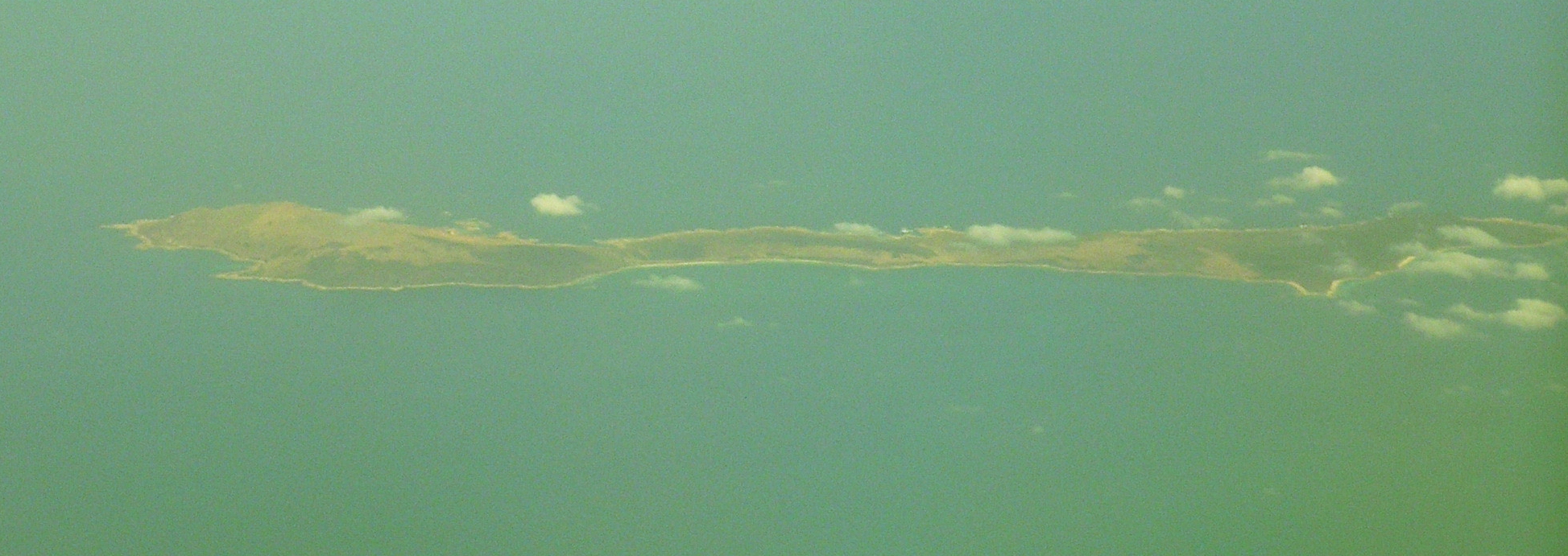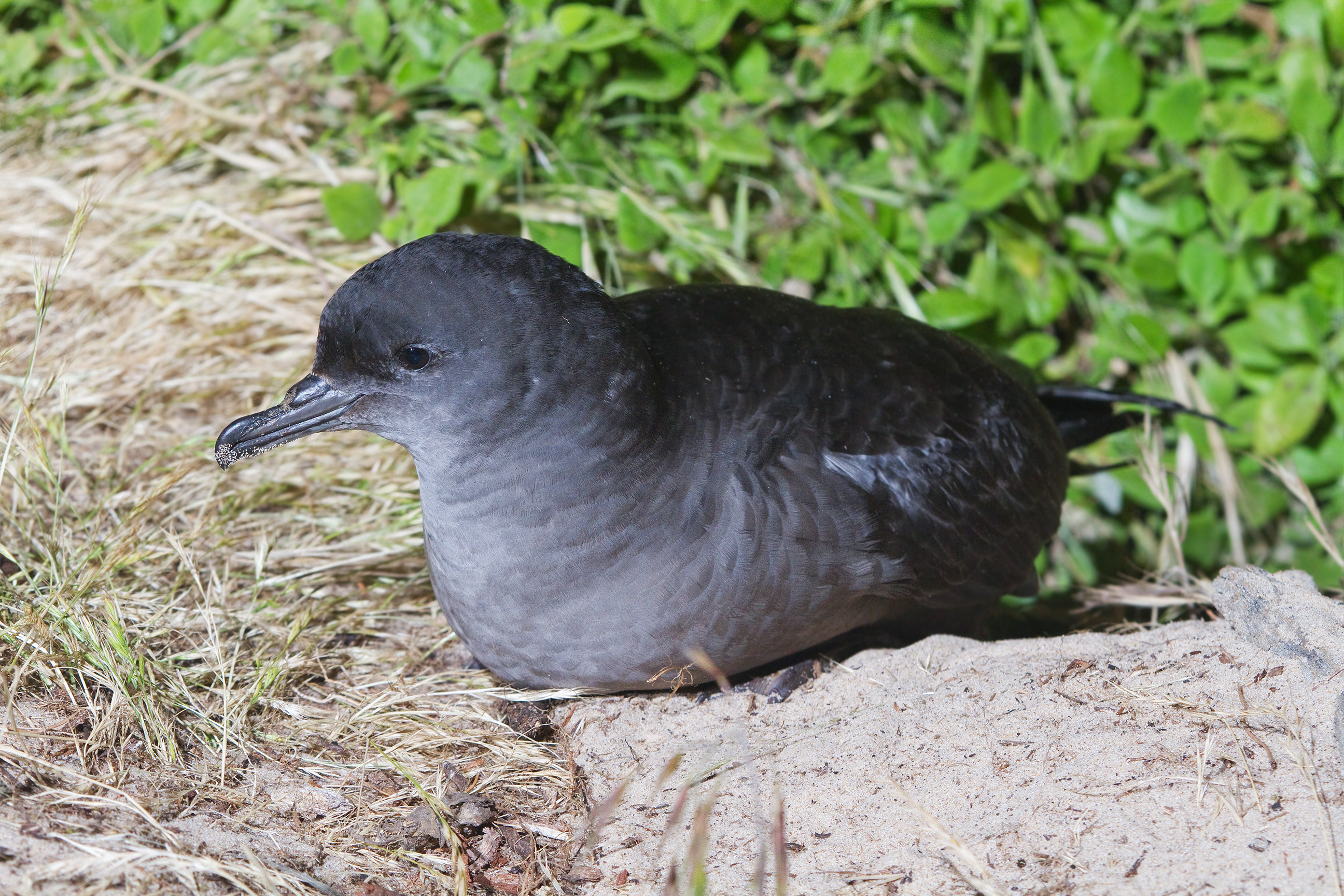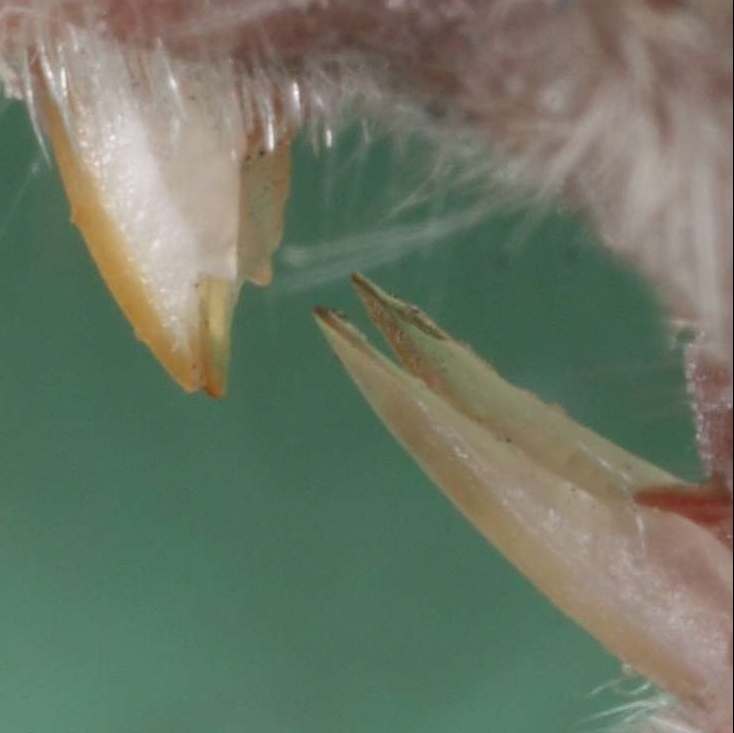|
Prime Seal Island Conservation Area
Prime Seal Island is a long island, with a high central ridge and an area of 1220 ha, in south-eastern Australia. It is part of Tasmania’s Prime Seal Island Group, lying in eastern Bass Strait west of Flinders in the Furneaux Group. Geologically, it is limestone overlying granite and has notable karst features, including caves. It is leased for farming and is extensively grazed by sheep and cattle as well as the native Tasmanian pademelons.Brothers, Nigel; Pemberton, David; Pryor, Helen; & Halley, Vanessa. (2001). ''Tasmania’s Offshore Islands: seabirds and other natural features''. Tasmanian Museum and Art Gallery: Hobart. Fauna Large numbers of seals were reported here in 1827. Recorded breeding seabird and wader species are short-tailed shearwater and sooty oystercatcher. White-bellied sea-eagles have nested on the island. Reptiles include the tiger snake, metallic skink and three-lined skink. Cat The cat (''Felis catus'') is a domestic speci ... [...More Info...] [...Related Items...] OR: [Wikipedia] [Google] [Baidu] |
Short-tailed Shearwater
The short-tailed shearwater or slender-billed shearwater (''Ardenna tenuirostris''; formerly ''Puffinus tenuirostris''), also called yolla or moonbird, and commonly known as the muttonbird in Australia, is the most abundant seabird species in Australian waters, and is one of the few Australian native birds in which the chicks are commercially harvested. It is a migratory species that breeds mainly on small islands in Bass Strait and Tasmania and migrates to the Northern Hemisphere for the boreal summer. Taxonomy This shearwater appears to be related to the sooty and great shearwaters, which are also blunt-tailed, black-billed species, but its precise relationships are obscure (Austin, 1996; Austin ''et al.'', 2004). These are among the larger species of shearwater, which have been moved to a separate genus, ''Ardenna'' based on a phylogenetic analysis of mitochondrial DNA (Penhallurick & Wink, 2004). Ecology Each parent feeds the single chick for 2–3 days and then leaves for ... [...More Info...] [...Related Items...] OR: [Wikipedia] [Google] [Baidu] |
City Of Edinburgh (1813 Ship)
''City of Edinburgh'' was a merchant ship built at Bengal in 1813. She transferred to British registry and sailed between Britain and India. She made two voyages transporting convicts from Ireland to Australia. Later, she made a whaling voyage to New Zealand. She was wrecked in 1840. Career ''City of Edinburgh'' first appeared in ''Lloyd's Register'' (''LR'') in 1815 with Lock, master, H. Agar, owner, and trade London–India. The British East India Company (EIC), in 1813 lost its monopoly on the trade between Britain and India. ''City of Edinburgh'', Lock, master, made several voyages between England and Bengal, sailing under a license from the EIC. The ''Register of Shipping'' volume for 1820 showed ''City of Edinburgh'' with W.Lock, master, changing to Wiseman, J. Farquhar, owner, and trade London–India. ''City of Edinburgh'', Wiseman, master, arrived at Bengal on 4 June 1821 with eight feet of water in her hold. Her cargo had sustained much damage. On her first conv ... [...More Info...] [...Related Items...] OR: [Wikipedia] [Google] [Baidu] |
Indian Peafowl
The Indian peafowl (''Pavo cristatus''), also known as the common peafowl, and blue peafowl, is a peafowl species native to the Indian subcontinent. It has been introduced to many other countries. Male peafowl are referred to as peacocks, and female peafowl are referred to as peahens, even though peafowl of either sex are often referred to colloquially as "peacocks". Indian peafowl display a marked form of sexual dimorphism. The peacock is brightly coloured, with a predominantly blue fan-like crest of spatula-tipped wire-like feathers and is best known for the long train made up of elongated upper-tail covert feathers which bear colourful eyespots. These stiff feathers are raised into a fan and quivered in a display during courtship. Despite the length and size of these covert feathers, peacocks are still capable of flight. Peahens lack the train, have a white face and iridescent green lower neck, and dull brown plumage. The Indian peafowl lives mainly on the ground in open fo ... [...More Info...] [...Related Items...] OR: [Wikipedia] [Google] [Baidu] |
House Mice
The house mouse (''Mus musculus'') is a small mammal of the order Rodentia, characteristically having a pointed snout, large rounded ears, and a long and almost hairless tail. It is one of the most abundant species of the genus '' Mus''. Although a wild animal, the house mouse has benefited significantly from associating with human habitation to the point that truly wild populations are significantly less common than the semi-tame populations near human activity. The house mouse has been domesticated as the pet or fancy mouse, and as the laboratory mouse, which is one of the most important model organisms in biology and medicine. The complete mouse reference genome was sequenced in 2002. Characteristics House mice have an adult body length (nose to base of tail) of and a tail length of . The weight is typically . In the wild they vary in color from grey and light brown to black (individual hairs are actually agouti coloured), but domesticated fancy mice and laboratory mice ar ... [...More Info...] [...Related Items...] OR: [Wikipedia] [Google] [Baidu] |
Three-lined Skink
The eastern three-lined skink (''Acritoscincus duperreyi''), also known commonly as the bold-striped cool-skink, is a species of skink, a lizard in the family Scincidae. The species is endemic to Australia. ''A. duperreyi'' has been extensively studied in the context of understanding the evolution of learning, viviparity in lizards, and temperature- and genetic-sex determination. ''A. duperreyi'' is classified as a species of "Least Concern" by the IUCN. Taxonomy The species has also been placed in the genus ''Bassiana'', with two other species of skink: ''B. trilineata'' and ''B. palynota.'' Micro-genetic analyses have revealed that the genus ''Bassiana'' began to diversify during the Miocene, suggesting that these three lineages started to form between 16.2 and 9.7 million years ago. Individual species in the genus began to diversify as well through the Miocene and into the Early Pleistocene. Within ''A. duperreyi'', population-level diversification between the population o ... [...More Info...] [...Related Items...] OR: [Wikipedia] [Google] [Baidu] |
Metallic Skink
:''"Metallic skink" may also refer to the garden skink (Lampropholis delicata)''. ''Carinascincus metallicus'', the metallic cool-skink or metallic skink is a species of skink in the family Scincidae. It is endemic to Australia, found in southern Victoria, as well as in Tasmania where it is the most widespread and common lizard, occurring on many offshore islands in Bass Strait Bass Strait () is a strait separating the island state of Tasmania from the Australian mainland (more specifically the coast of Victoria, with the exception of the land border across Boundary Islet). The strait provides the most direct waterwa ... as well as the mainland. It gives birth to live young. It is highly variable in colour and pattern, and may be a complex of closely related species.Cogger, H.G. (1979). ''Reptiles and Amphibians of Australia''. Reed: Sydney. References Carinascincus Skinks of Australia Endemic fauna of Australia Reptiles described in 1874 Taxa named by Arthu ... [...More Info...] [...Related Items...] OR: [Wikipedia] [Google] [Baidu] |
Reptile
Reptiles, as most commonly defined are the animals in the class Reptilia ( ), a paraphyletic grouping comprising all sauropsids except birds. Living reptiles comprise turtles, crocodilians, squamates (lizards and snakes) and rhynchocephalians (tuatara). As of March 2022, the Reptile Database includes about 11,700 species. In the traditional Linnaean classification system, birds are considered a separate class to reptiles. However, crocodilians are more closely related to birds than they are to other living reptiles, and so modern cladistic classification systems include birds within Reptilia, redefining the term as a clade. Other cladistic definitions abandon the term reptile altogether in favor of the clade Sauropsida, which refers to all amniotes more closely related to modern reptiles than to mammals. The study of the traditional reptile orders, historically combined with that of modern amphibians, is called herpetology. The earliest known proto-reptiles originated around ... [...More Info...] [...Related Items...] OR: [Wikipedia] [Google] [Baidu] |
White-bellied Sea-eagle
The white-bellied sea eagle (''Haliaeetus leucogaster''), also known as the white-breasted sea eagle, is a large diurnal bird of prey in the family Accipitridae. Originally described by Johann Friedrich Gmelin in 1788, it is closely related to Sanford's sea eagle of the Solomon Islands, and the two are considered a superspecies. A distinctive bird, the adult white-bellied sea eagle has a white head, breast, under-wing coverts and tail. The upper parts are grey and the black under-wing flight feathers contrast with the white coverts. The tail is short and wedge-shaped as in all ''Haliaeetus'' species. Like many raptors, the female is slightly larger than the male, and can measure up to long with a wingspan of up to , and weigh . Immature birds have brown plumage, which is gradually replaced by white until the age of five or six years. The call is a loud goose-like honking. Resident from India and Sri Lanka through Southeast Asia to Australia on coasts and major waterways, the ... [...More Info...] [...Related Items...] OR: [Wikipedia] [Google] [Baidu] |
Sooty Oystercatcher
The sooty oystercatcher (''Haematopus fuliginosus'') is a species of oystercatcher. It is a wading bird endemic to Australia and commonly found on its coastline. It prefers rocky coastlines, but will occasionally live in estuaries. All of its feathers are black. It has a red eye, eye ring and bill, and pink legs. Taxonomy John Gould described the sooty oystercatcher in 1845. Its species name is the Latin adjective ''fuliginosus'', "sooty". Two subspecies are recognised, the nominate from the coastline of southern Australia and subspecies ''ophthalmicus'' from northern Australia. The southern subspecies is larger and heavier than the northern. The northern one, with a more yellowish eye ring, is found from the Kimberleys across the top of the country to Mackay in central Queensland. There is considerable overlap, as the southern subspecies has been found up to Cape York. Subspecies ''ophthalmicus'' has been thought distinctive enough to warrant species status and needs further inv ... [...More Info...] [...Related Items...] OR: [Wikipedia] [Google] [Baidu] |
Wader
245px, A flock of Dunlins and Red knots">Red_knot.html" ;"title="Dunlins and Red knot">Dunlins and Red knots Waders or shorebirds are birds of the order Charadriiformes commonly found wikt:wade#Etymology 1, wading along shorelines and mudflats in order to foraging, forage for food crawling or burrowing in the mud and sand, usually small arthropods such as aquatic insects or crustaceans. The term "wader" is used in Europe, while "shorebird" is used in North America, where "wader" may be used instead to refer to long-legged wading birds such as storks and herons. There are about 210 species of wader, most of which live in wetland or coastal environments. Many species of Arctic and temperate regions are strongly migratory, but tropical birds are often resident, or move only in response to rainfall patterns. Some of the Arctic species, such as the little stint, are amongst the longest distance migrants, spending the non- breeding season in the southern hemisphere. Many of the s ... [...More Info...] [...Related Items...] OR: [Wikipedia] [Google] [Baidu] |






